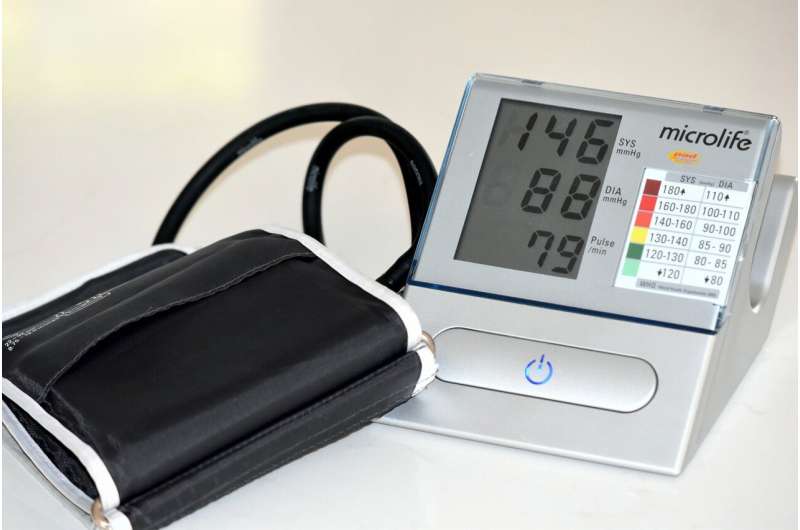Breakthrough in Brain Imaging: Detecting Light Traveling Through the Entire Human Head

Scientists have demonstrated that it is now possible to detect light passing through the entire human head, opening new possibilities for noninvasive deep brain imaging technology.
Scientists from the University of Glasgow have achieved a remarkable breakthrough in brain imaging technology by demonstrating the ability to detect light that has traveled through the entire human head. Traditionally, optical methods like functional near-infrared spectroscopy (fNIRS) have been limited to superficial brain regions, approximately 4 centimeters deep, which restricts the study of deeper structures involved in essential functions such as memory, emotion, and movement.
This new research, published in Neurophotonics, shows that with advanced laser systems and highly sensitive detectors, it is now possible to measure photons passing from one side of an adult head to the other, even across its widest points. The experimental setup involved directing pulsed laser light at one side of a volunteer’s head while placing detectors on the opposite side to capture the photons that made the full journey through the brain tissue.
Extensive computer simulations complemented these experiments, accurately predicting how light propagates through the layered structure of the head. Interestingly, the results indicated that light tends to follow specific pathways, guided by regions like cerebrospinal fluid that scatter light less. This insight could pave the way for innovative optical devices capable of reaching deeper brain areas than existing technologies allow.
Although the current method requires about 30 minutes of data collection and was tested on a person with fair skin and no hair, the fact that such detection is possible challenges previous assumptions and opens new horizons for noninvasive brain imaging. Future developments could lead to portable, cost-effective devices suitable for clinical and home settings, enhancing diagnosis and monitoring of neurological conditions such as strokes, traumatic brain injuries, and tumors, especially where access to MRI or CT scans is limited.
Stay Updated with Mia's Feed
Get the latest health & wellness insights delivered straight to your inbox.
Related Articles
Nighttime Blood Pressure Medication Dosing Enhances Nocturnal and Daytime Blood Pressure Control: Findings from a Clinical Trial
A clinical trial finds that taking blood pressure medications at night improves nocturnal and daytime blood pressure management, offering a promising strategy to combat hypertension and reduce cardiovascular risks.
Dementia Trends Across Generations: Is the Risk Declining in Younger Populations?
A new study hints that younger generations may have a reduced risk of developing dementia, but global implications remain uncertain. Learn about recent findings and their limitations.
Limited Access to Vaginal Birth After C-Section in U.S. Counties
Research shows that only 16% of U.S. counties offer access to vaginal birth after cesarean, highlighting significant regional disparities and barriers in maternal care.



